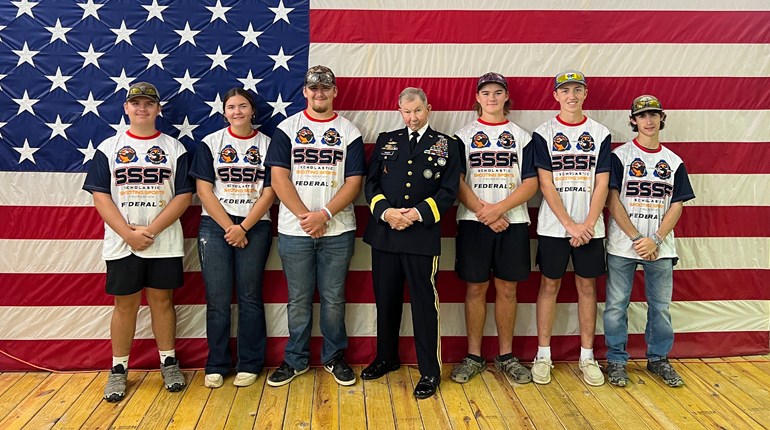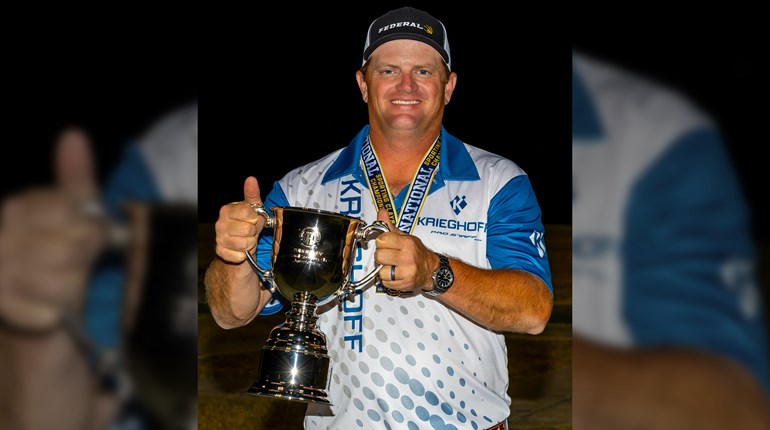
Among the dire environmental warnings we see in the news every day, it's easy to forget that America's wildlife and wild spaces are actually in better shape than they were 100 years ago in many ways. In the 1930s, for example, wild turkey populations were reduced from their pre-colonization levels by 90% or more ... the legendary "thunder chicken" was extirpated from some of its ranges. These days, all six subspecies are thriving to the point that there are now turkey populations in every American state except Alaska. This tremendous rebound—which includes several other wild game species as well—is due almost entirely to the efforts of hunters. Federal Ammunition was among the first commercial companies to get enthusiastically on board with the 1920s version of conservation. How did they do this? With advertising!
 It was quite rare 100 years ago for magazines and newspapers to allow free advertising, even for great causes. Therefore, it was quite rare for companies to buy ads that weren't designed to sell products. Federal was unique in that the manufacturer chose to spend its dollars in service of a greater good.
It was quite rare 100 years ago for magazines and newspapers to allow free advertising, even for great causes. Therefore, it was quite rare for companies to buy ads that weren't designed to sell products. Federal was unique in that the manufacturer chose to spend its dollars in service of a greater good.
Over the last century, Federal has archived and preserved many of its historical conservation advertisements ... and we're grateful, because they are fascinating. It's interesting to see what the greatest ecological concerns were a hundred years ago. Obviously, the big news back then was the "horseless carriage," which we've shortened down to "car" these days. Federal's celebration website informs us that "Death in an auto accident was far more common in the 1930s than today. In 1938, for example, the United States saw 23.94 highway deaths per 100,000 population. Eighty years later, that number was just 11.18. Rural roads far from medical attention were especially dangerous, and Federal urged sportsmen to remember that farm children used roads as their playgrounds and that upland birds gathered grit on them." Although few sportsmen today think of traffic as dangerous to wildlife populations as a whole, the advice that one ought to slow down a bit and exercise extra caution on backcountry roads remains as prudent today as it was 100 years ago.
 Here's another environmental concern that absolutely still affects America's wild bird population: feral cats. Our wild spaces have enough fodder to keep our wild feline species fed, but not our domestic cats. Notes Federal's site, "Then as now, city folk were prone to drop off unwanted cats on their country cousins. Feral cats are remarkably efficient killers of birds and small game." The ads had some advice that you'll need to squint to read—ads used to have much more required reading, didn't they?—that most of us would find distasteful in 2022. One hundred years later, we're going with "please spay and neuter your pets" instead.
Here's another environmental concern that absolutely still affects America's wild bird population: feral cats. Our wild spaces have enough fodder to keep our wild feline species fed, but not our domestic cats. Notes Federal's site, "Then as now, city folk were prone to drop off unwanted cats on their country cousins. Feral cats are remarkably efficient killers of birds and small game." The ads had some advice that you'll need to squint to read—ads used to have much more required reading, didn't they?—that most of us would find distasteful in 2022. One hundred years later, we're going with "please spay and neuter your pets" instead.
This Federal advertisement points up an environmental problem that we have (thankfully) solved: The extirpation of birds of prey. These days, all American sportsmen know that hawks, ospreys, eagles, owls are absolutely off-limits thanks to the Migratory Bird Treaty Act. But back in "the day," it was fairly common for farmers to shoot them to keep them away from small livestock like chickens ... and that was a terrible mistake that Federal urged 1930s America to eschew. 
Are you curious about what else 1920s and 1930s America needed to know (but didn't) about conservation? Check out the rest of Federal's historical advertisements here ... and don't forget that Federal is celebrating its centennial all year long with fresh new content uploaded monthly!







































